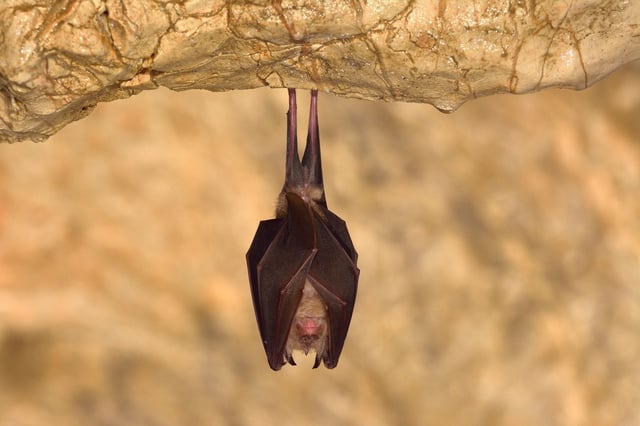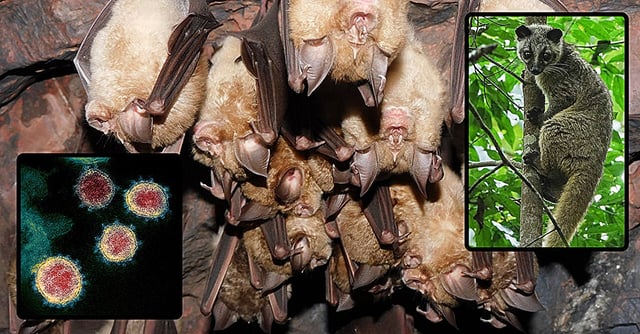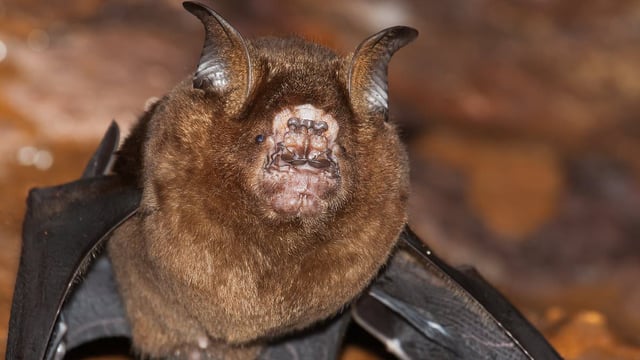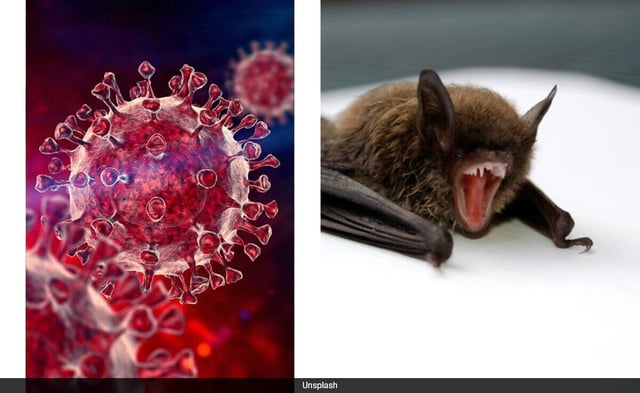Overview
- The study, published in *Cell* on May 7, 2025, concludes that SARS-CoV-2 likely reached Wuhan through wildlife trade, not natural bat migration.
- Researchers reconstructed the evolutionary history of sarbecoviruses by focusing on non-recombining genomic regions to trace the virus's origins.
- The virus's ancestor emerged in Western China or Northern Laos between 2007 and 2014, traveling over 1,000 kilometers to Wuhan within a timeframe too short for natural bat dispersal.
- Intermediate hosts like palm civets and raccoon dogs, commonly traded in live-animal markets, likely facilitated the virus's transmission to humans.
- The findings emphasize the rising zoonotic spillover risk from human-animal interactions driven by wildlife trade, urbanization, and habitat destruction.



